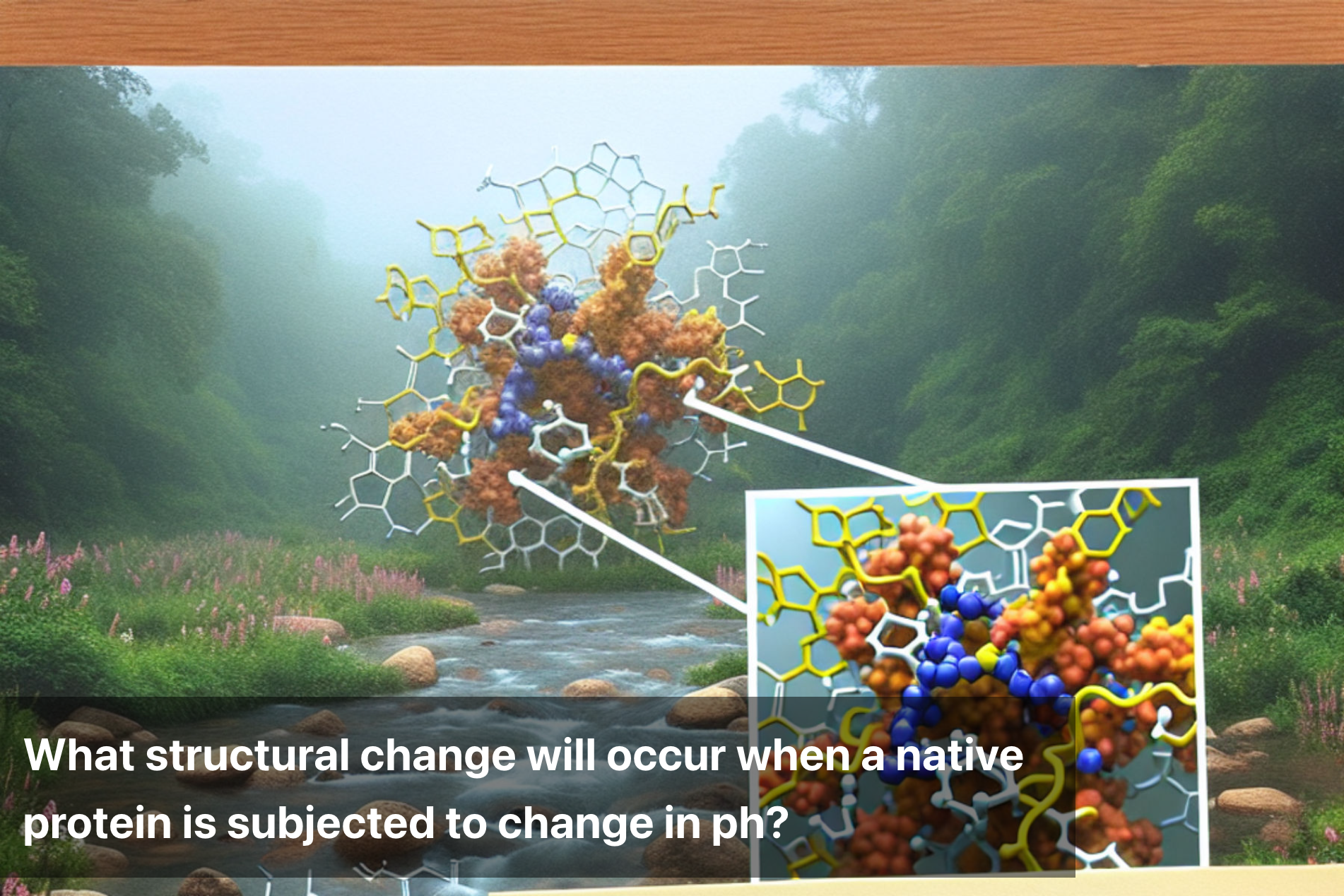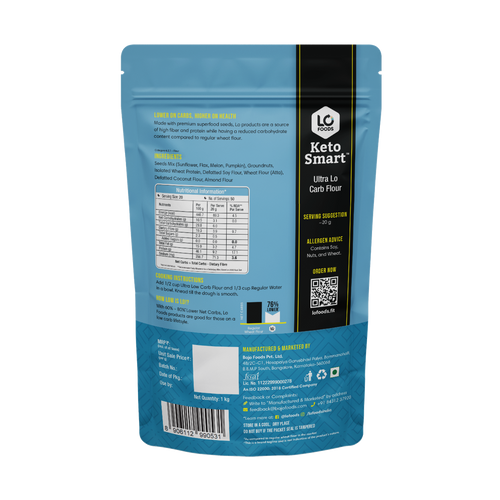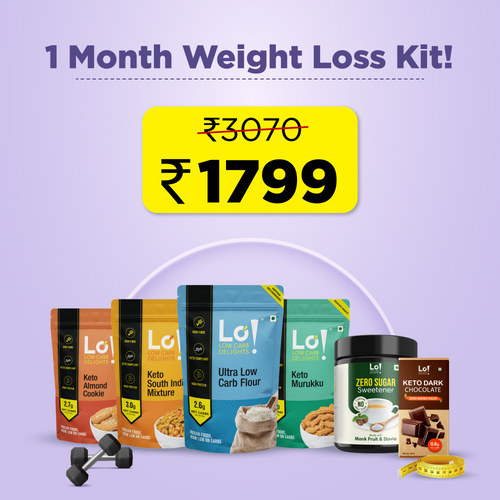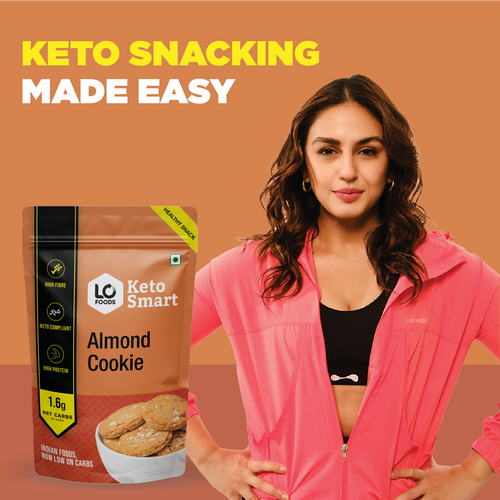
What structural change will occur when a native protein is subjected to change in ph?
The pH level plays a crucial role in determining the structure and function of proteins within biological systems. When a native protein is subjected to changes in pH, it can lead to significant alterations in its structure, impacting its overall stability and activity.
Proteins are complex molecules composed of amino acids arranged in a specific sequence to form unique structures. Changes in pH can disrupt the interactions that maintain the protein's native conformation, causing it to unfold or change its shape. This process is known as denaturation, where the protein loses its three-dimensional structure, rendering it non-functional.
At lower or higher pH levels than optimal, proteins can undergo conformational changes such as unfolding of secondary structures like alpha helices and beta sheets, as well as disruption of tertiary and quaternary structures. These alterations can affect the protein's ability to bind to other molecules, perform enzymatic functions, or participate in signaling pathways crucial for biological processes.
Understanding how pH influences protein structure is essential in fields like biochemistry, molecular biology, and drug design, as it provides insights into protein stability, interactions, and mechanisms of action within living organisms. By unraveling the intricate relationship between pH and protein structure, researchers can unlock novel therapeutic targets and enhance our comprehension of cellular processes at the molecular level.

Native Structure of Proteins
Primary Structure: Linear sequence of amino acids.
Secondary Structure: Local folding patterns like alpha helices and beta sheets.
Tertiary Structure: Overall 3D folding of the entire polypeptide chain.
Quaternary Structure: Arrangement of multiple polypeptide chains in a protein complex.
Stabilizing Forces: Hydrogen bonds, disulfide bonds, hydrophobic interactions, and electrostatic interactions maintain structure.
Functional Sites: Active sites or binding sites crucial for protein function.
Unique Folds: Each protein adopts a specific 3D shape dictated by its sequence.
Dynamic Stability: Native structure is stable yet dynamic, allowing for flexibility and function.
Denaturation: Loss of native structure due to external factors like heat or pH changes.
Biological Significance: Native structure is essential for protein function and interactions in biological systems.
Effect of pH Changes on Protein Structure
pH alters amino acid charges, affecting protein structure.
It disrupts hydrogen bonds, leading to unfolding or stability.
Protonation changes amino acid interactions.
pH shifts cause conformational changes.
Salt bridges form or break, impacting stability.
Water accessibility to protein surfaces changes.
Enzyme activity is modulated by pH.
Extreme pH can induce aggregation or precipitation.
Changes may be reversible depending on protein stability.
pH impacts protein function in biological processes.
Mechanisms of Structural Changes
Ionization: pH changes cause ionization of amino acid residues, affecting charge distribution.
Hydrogen Bonds: pH variations disrupt hydrogen bonds, altering protein secondary and tertiary structure.
Protonation/Deprotonation: pH shifts lead to protonation or deprotonation of amino acid side chains, affecting interactions.
Conformational Changes: pH-induced alterations trigger protein unfolding or denaturation.
Salt Bridge Formation: pH alterations influence the formation of salt bridges, impacting protein stability.
Protein-Protein Interactions: pH changes affect protein complex formation and oligomeric state.
Water Accessibility: pH-induced changes alter water accessibility to protein surfaces.
Enzymatic Activity: pH shifts modulate enzyme activity by affecting active site conformation.
Aggregation/Precipitation: Extreme pH can induce protein aggregation or precipitation.
Reversibility: pH-induced changes may be reversible or irreversible based on protein stability.

Unraveling the Structural Changes in Native Proteins Upon pH Variation
It is crucial to comprehend the repercussions of subjecting native proteins to changes in pH, as this can significantly influence their conformation and functionality.
One of the key takeaways from our exploration is the profound effect that pH modifications can have on the structural integrity of proteins. When a native protein encounters a shift in pH levels, it may undergo denaturation, leading to the disruption of its native structure. This structural alteration can impact the protein's ability to carry out its designated biological functions effectively.
Furthermore, by delving into the mechanisms underlying these structural changes induced by pH variations, we gain a deeper understanding of how secondary, tertiary, and quaternary protein structures are influenced. This knowledge underscores the intricate interplay between pH and protein conformation, highlighting the need to comprehend these relationships in biological systems.
In essence, recognizing the implications of pH-induced structural changes in proteins is paramount for researchers, biochemists, and biologists alike. By elucidating these phenomena, we pave the way for enhanced comprehension of protein behavior and its significance in biological processes.
FAQs
-
What structural change will occur in a native protein when subjected to a change in pH?
When a native protein is subjected to a change in pH, it can undergo denaturation, leading to alterations in its secondary, tertiary, and quaternary protein structures.
-
How does pH affect the structure of proteins?
pH can impact the ionization state of amino acid side chains, disrupting hydrogen bonding and electrostatic interactions within the protein structure, ultimately causing conformational changes.
-
Can changes in pH alter the function of proteins?
Yes, changes in pH can impact the stability and activity of proteins by interfering with their native conformation, resulting in loss of function or altered biochemical properties.
-
Are all proteins equally sensitive to changes in pH?
No, different proteins exhibit varying degrees of sensitivity to changes in pH, with some proteins being more resilient to pH fluctuations than others based on their structural composition and environmental conditions.
-
How can the pH-induced structural changes in proteins be reversed?
In some cases, the pH-induced structural changes in proteins can be reversed by restoring the optimal pH conditions or utilizing techniques like dialysis or protein refolding methods to recover the native protein conformation.
This Blog post is an initiative by Lo! Foods, to provide accurate and Nutritionist / Doctor approved information related to Health. Lo! Foods is India's leading brand for Everyday Functional Foods. Foods designed for specific Health conditions or Needs. Lo! Foods also runs India's largest range of Low Carb Healthy Cloud Kitchens, under the brand names of Lo!, ProteinChef, ATH (All Things Healthy) and DiabeSmart.















Leave a comment
Your email address will not be published.